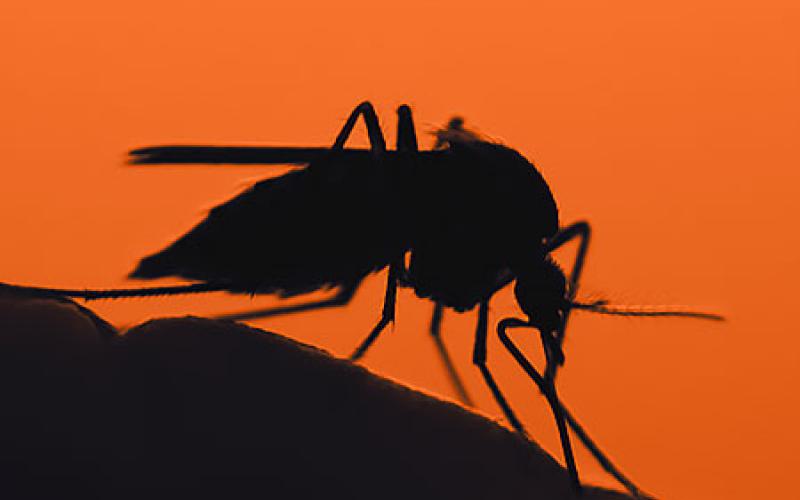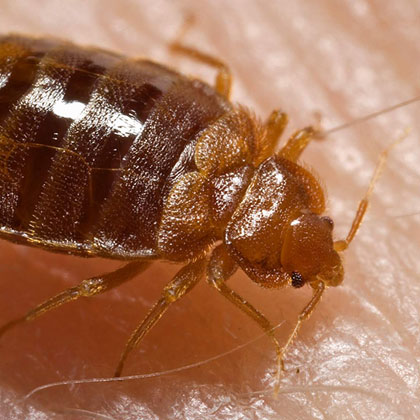Tackling an unexpected factor in mosquito-borne disease

Tackling an unexpected factor in mosquito-borne disease
In the face of climate change, urbanization, and globalization, mosquito-borne disease outbreaks are likely to increase. A study examines one cause behind these outbreaks and how we can prevent them.
Moreno-Madrinan, M.J., and Turell, M. 2017. “Factors of concern regarding Zika and other Aedes aegypti- transmitted viruses in the United States.” Journal of Medical Entomology. 54(2): 251-257. DOI: 10.1093/jme/tjw212
.
West Nile Virus, dengue fever, and Zika are among the most common diseases transmitted to humans by mosquitoes in the Western Hemisphere. As more people move to cities and travel around the globe, disease outbreaks transmitted by mosquitoes are likely to increase. Outbreaks are often unpredictable and threaten communities in warmer and wetter climates because mosquitoes need warm and stagnant freshwater for reproduction. New evidence suggests that while climate undoubtedly influences the density and distribution of disease-carrying mosquitos, drinking water access and storage also determine a region’s vulnerability to these diseases.
In a recent study, Max J. Moreno-Madriñán from Indiana University conducted a literature review to identify the most important factors that influence outbreaks of Zika and other viruses transmitted by one mosquito species, Aedes aegypti. Aedes aegypti, also known as yellow fever mosquito, is found across the globe and transmits more viruses than any other mosquito species in North and South America. Moreno-Madriñán used the most recent Zika virus outbreak as a case study. The literature review, published in the Journal of Medical Entomology, identifies the complex interactions behind climate, socioeconomic status, and mosquito-borne disease
Past studies have shown that the climate phenomenon, El Niño, is directly related to an increase in mosquito-borne infections. El Niño events occur every three to six years when cool, dry air warms as it travels across the Pacific Ocean, creating changes in global temperature and rainfall. An El Niño event in 2015 caused unusually warm temperatures in the Americas and altered precipitation patterns, leading to high mosquito population numbers and a high rate of infection.
The recent El Niño event increased rain in some regions and left others dry. Yet, both regions had high rates of mosquito-borne infection. Max J. Moreno-Madriñán speculated it is linked to the way communities access and store drinking water. Some regions in South America lack water pipes. And those that do have water pipes may lack a constant supply of running water, forcing people to store water aboveground. In addition, most households in these regions do not have screened windows and air conditioning, allowing mosquitoes to get inside.
Containers that store water aboveground provide ideal breeding grounds for mosquitoes. This is especially relevant during the dry season, since people will store more water to meet their daily needs. Also, Aedes aegypti, which relies heavily on human-filled containers, may increase during dryer years in tropical rainy regions.
Mosquito-borne disease will continue to be a global health concern in the future. Climate change, urbanization, and globalization will change the way we manage mosquito populations to reduce incidences of infection. Even underground water supply practices may not be a perfect solution to preventing mosquito reproduction. In North America, steam tunnels that run underground allow for warm water to form on the surface, possibly creating favorable conditions for mosquito larvae. Countries will need to innovate their water storage technologies and improve their piped water supplies to effectively contain the spread of further mosquito-borne diseases.




